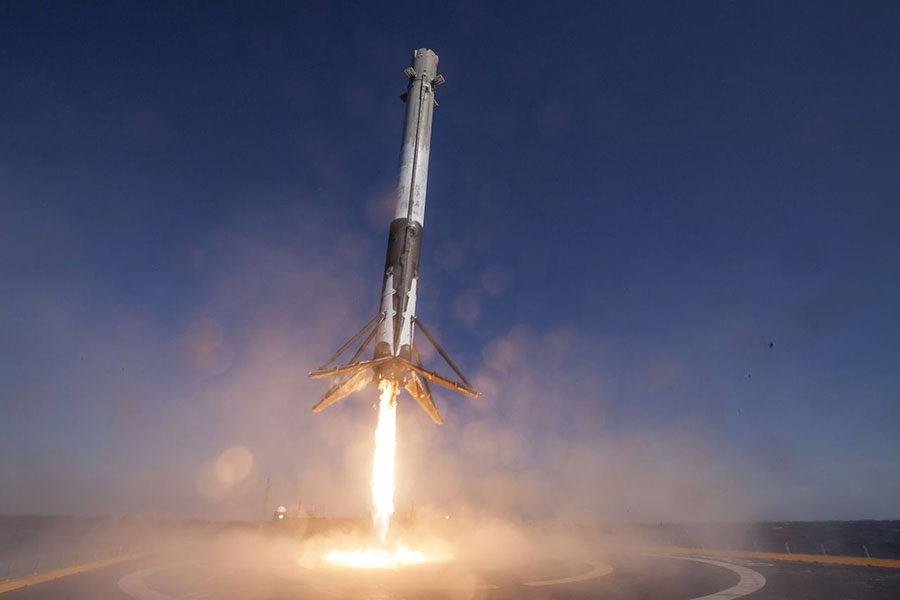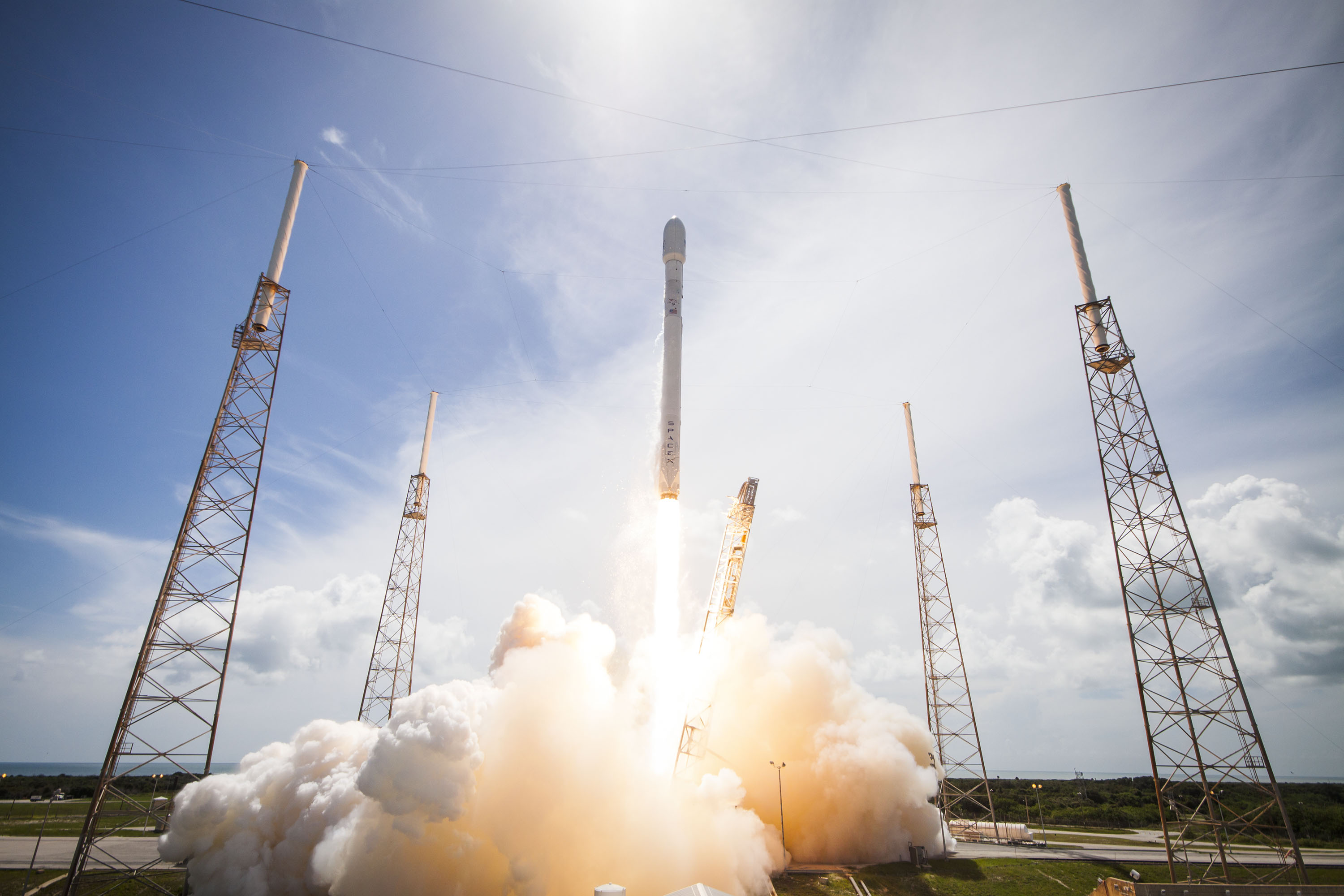The Space Exploration Technologies Corporation, SpaceX, has set January 8 as the launch date for their next mission, after months of exhaustive investigation regarding the explosion of one of their probes back in September.
Along with experts from SpaceX, the company conducted the research with the collaboration of the Federal Aviation Administration, the U.S. Air Force, the National Aeronautics and Space Administration and the National Transportation Safety Board. The results of the investigation were published Monday, and the approval of the FAA is the only thing missing. The FAA was responsible for the team coordination and oversaw all the analysis.

The accident that took place at Cape Canaveral Air Force Station in Florida on September 1, 2016, was quite a shock for SpaceX representatives. According to declarations from SpaceX CEO Elon Musk, this was one of the hardest challenges the company has faced since its foundation. He described the accident and the explosion itself as something that has “never been encountered before in the history of rocketry.”
Since that incident, SpaceX faced the cancellation of all their flights. The explosion destroyed a $62 million rocket and a $200 million satellite.
Investigation details
The investigation centered on the analysis of 3,000 channels of video and telemetry data done by experts from all the organizations named above, led by SpaceX officials.
As the explosion took place before the launching itself, the team was able to conduct an analysis of the ground-based footage along with the debris left in the station. The team was also able to make several tests in both SpaceX facilities located in Hawthorne, California, and McGregor, Texas.
The initial results showed that the cause of the explosion had its genesis during the pre-launch fueling of the rocket. The research team discovered that there was trouble with the pressure vessel inside the tank responsible for the storage of liquid oxygen. This oxygen is used in the second stage fuel burn.
The conclusion of the experts relies on the accumulation of oxygen located in the pressure vessels that ultimately overwrapped itself in a void or a buckle in the liner and led to the ignition and failure of the pressure vessel.
The report stated that in each stage of the Falcon 9 probe, there is the storage of cold helium that serves to maintain the pressure in every one of the rocket’s pressure vessels.
The oxygen overwrap originated the breaking of fibers from the vessels causing the ignition. Also, the report showed how the temperature of the helium was so low that it produced its solidification, which facilitated the oxygen overwrap as well as the friction and subsequent explosion.
SpaceX officials have said that they will make a series of amendments and they are confident on fixing all the fueling problems to assure the safer flights possible. Musk stated that when changing the pre-fueling procedure, there will be no risk of any explosion.
Next SpaceX flight will take place on January 8
After the cancellation of all their missions for almost four months, the company is looking forward to the launching of their next probe. The mission consists on the launch of another Falcon 9 rocket that will carry over ten satellites that will orbit with the goal of expanding a telecommunication network.
Iridium is the SpaceX client, and according to their CEO, Matt Desch, the company is not worried about a repetition of a similar accident. Desch has said that he would trust Musk’s company with $3 billion if it’s necessary.

“We’ve been privy to the thinking and the analysis and the data involved at a very deep level. So, yes, we know why he is saying what’s he’s saying and concur that they have found the issue. We’re encouraged, too, that it was the procedure. We are back on the path for a first launch and, yes, I feel very confident that the issue that was found won’t be repeated for our launch,” Desch said in an interview to Los Angeles Times in November.
The objective for Iridium is to create a whole new voice and data network with the ten satellites set to be deployed by SpaceX’s Falcon 9. Both companies hoped that this mission could start on December 16, but because the FAA didn’t approve SpaceX to launch any more missions as the investigation was in process, the launching was delayed.
The mission, set to January 8, will occur at the Kennedy Space Center’s Launch Complex 39A, the same place where the Apollo missions were launched. The NASA-owned Launchpad was formerly leased to SpaceX for them to conduct crewed Falcon 9 missions. However, the American space company dropped hints about using the place for the launching of uncrewed probes.
By the end of 2017, SpaceX will have other four launching sites, in which there are included Kennedy, Cape Canaveral, Vandenberg, and a brand new place located in South Texas.
Source: SpaceX
